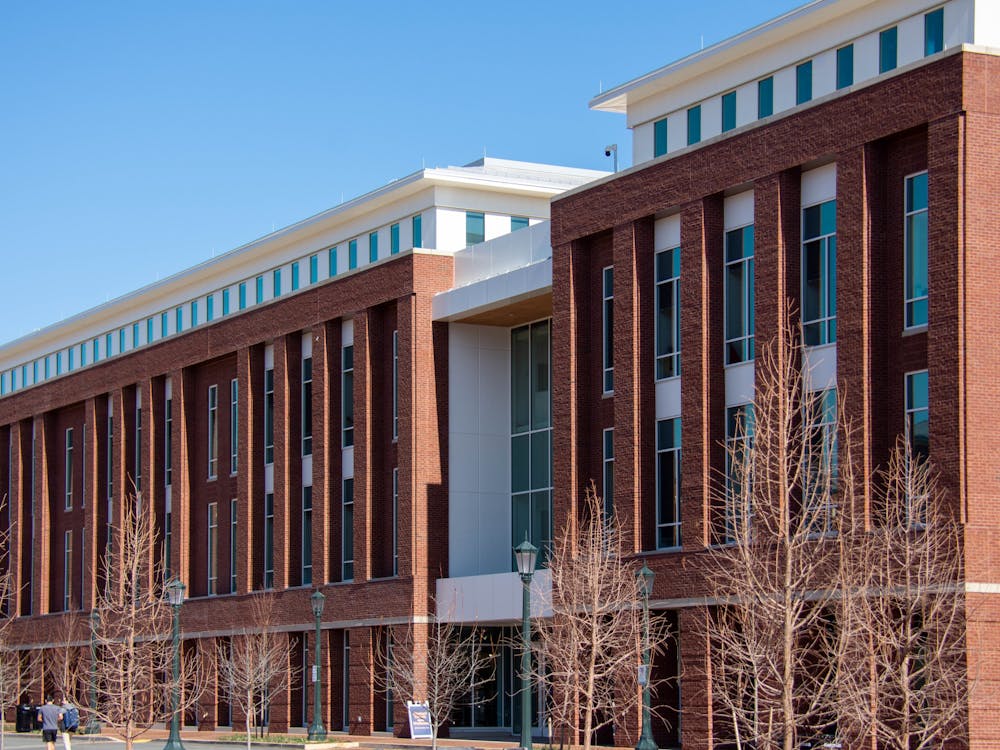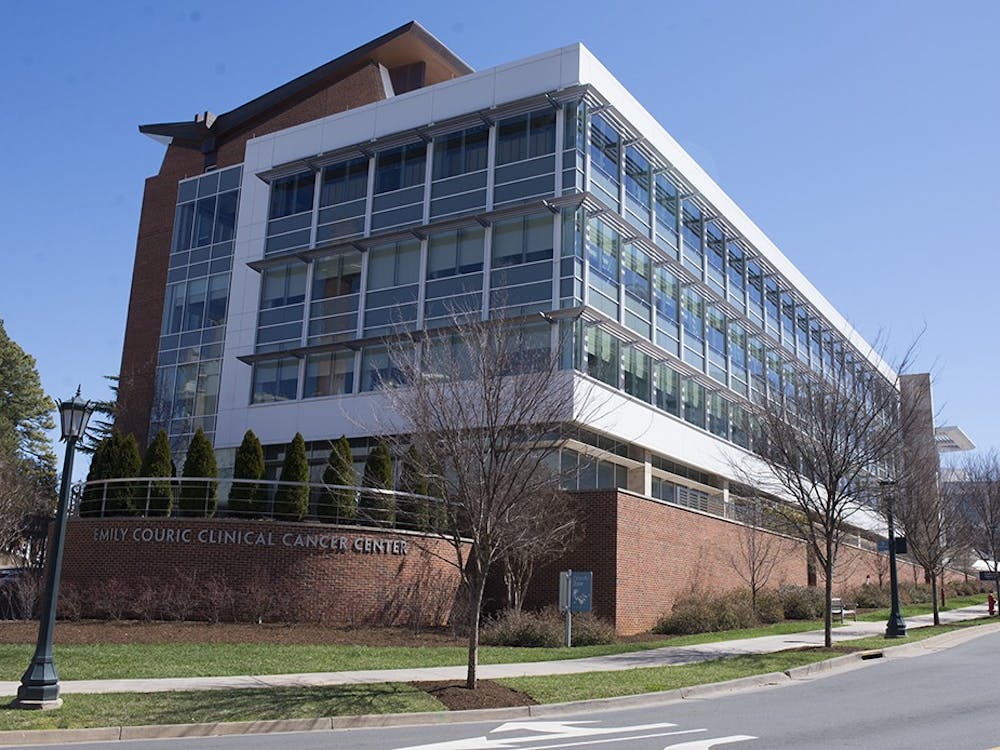As Japan continues to cope with the aftermath of the 8.9-magnitude earthquake and the resulting tsunami, officials from National Aeronatics and Space Administration, the U.S. Geological Survey and the British Geological Survey report the earthquake has had changed Japan's coastline and the balance of the planet. Japan sits on the "Ring of Fire," a line where earthquakes and volcanic eruptions are common in the Pacific Rim area. Because of the earthquake's impact, a tectonic plate under the Pacific Ocean is undergoing a process of subduction. The Pacific Plate is being pulled down underneath Japan while it moves westward toward Eurasia. Consequently, Japan's coastline may have shifted as much as 13 feet to the east, making parts of Japan geographically closer to the United States. Moreover, NASA scientist Richard Gross calculated that the Earth's rotation has increased by 1.6 microseconds, which has condensed the length of a day by 1.6 millionths of a second. Gross also explained the rearrangement of the Earth's total mass as a result of the earthquake has shifted the Earth's axis by 6.5 inches, creating a slight tilt.
-compiled by Jennifer Tran




